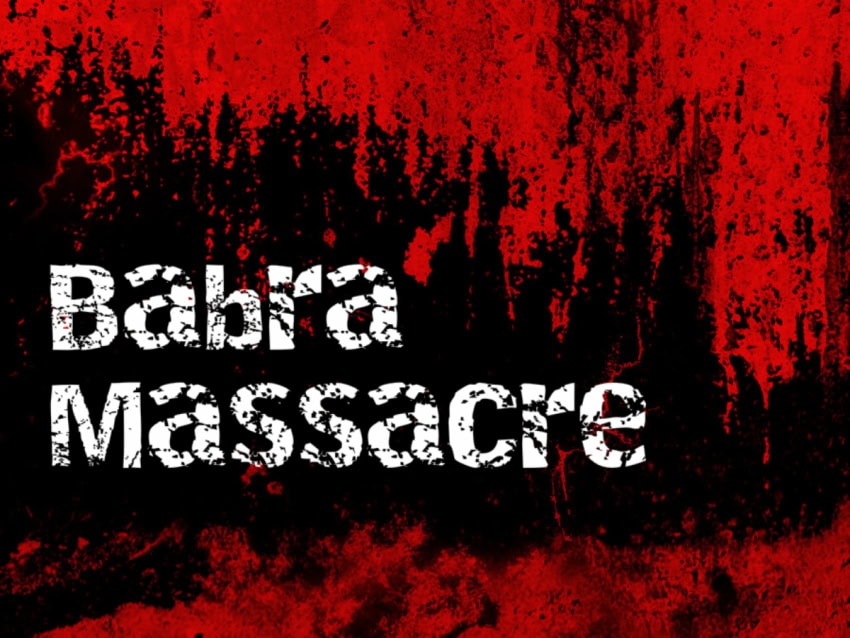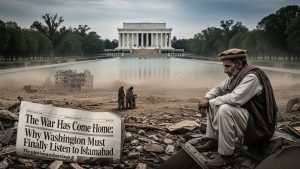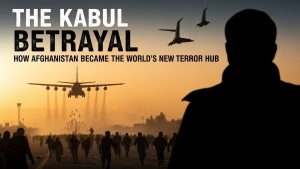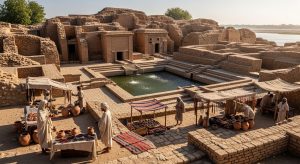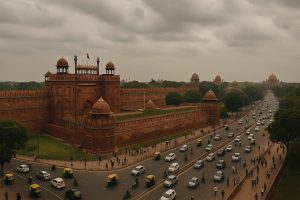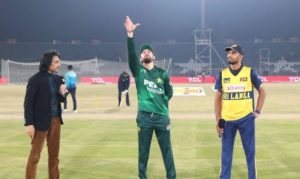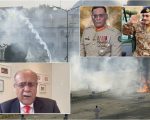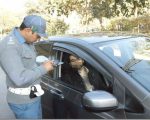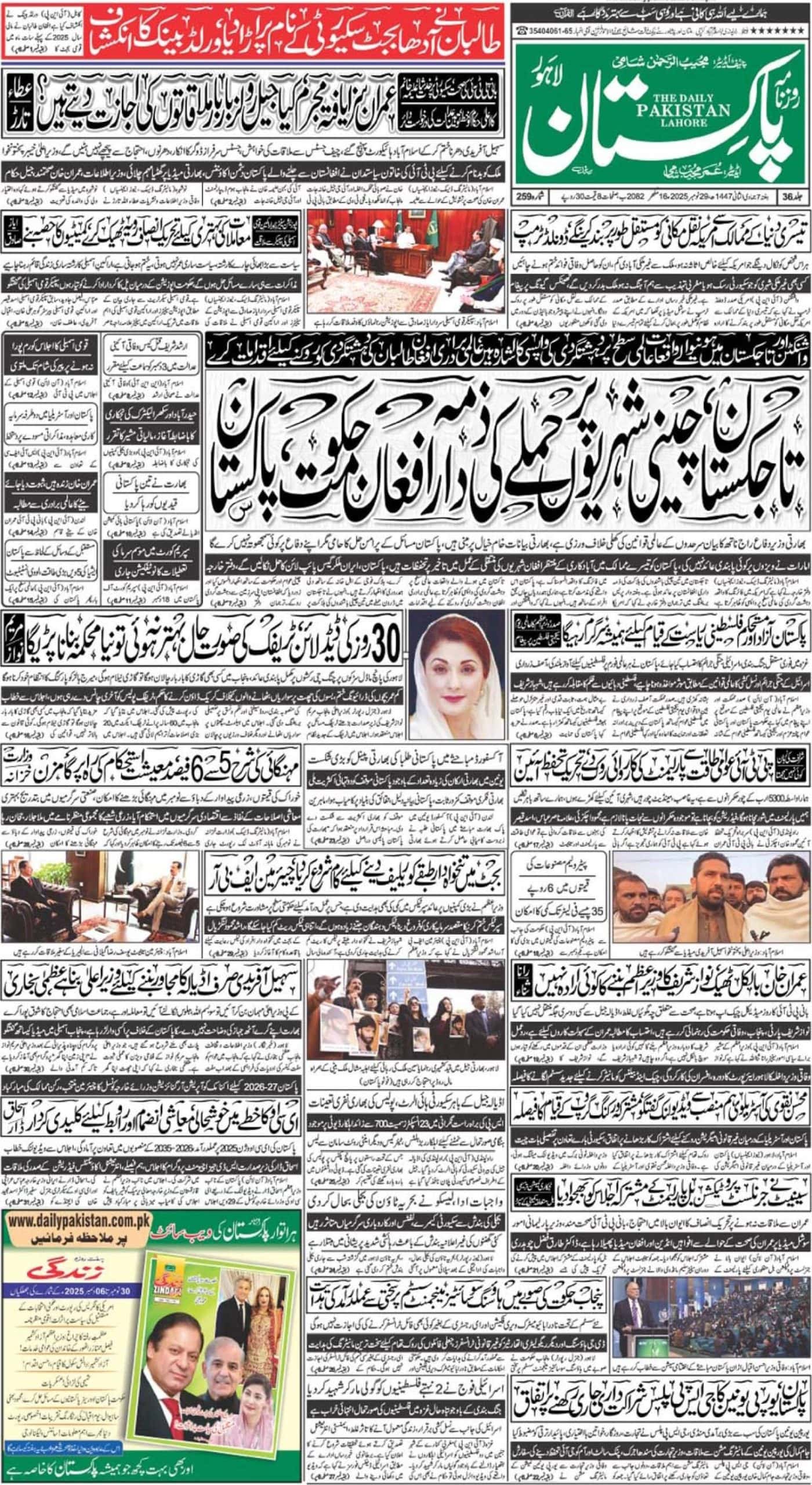Countries that are born as a result of partition and set their origins in a state of tumult and disorders often have to face prolonged leadership problems and state of confusion regarding their political trajectories. Pakistan is sadly one of them.
Pakistan has been continuously fighting wars since it’s creation, it has ethnic insurgencies and many economical and social problems that have culminated in to bigger crisis. It has leaders that were mysteriously assassinated and the nation could never know about them again, many even argue that league’s own leadership was infiltrated by venal and greedy politicians. Some even call it Mr Jinnah’s own folly to allow the ‘moth-eaten’ land (now Pakistan) to be given to Muslims. However, the sad reality is Jinnah could not live to see his vision being materialised in a concrete shape.
One of the many tragedies in Pakistan’s history, that reflects the worst of human nature and demonstrates how cruel the rulers can be to the nation that has lost its father, is the massacre of Babrra.
On 12th of August 1948, the legitimate Government of Dr Khan Sahib in N.W.F.P, now KPK, was dismissed and a Muslim League leader Abdul Qayyum Khan was appointed as Chief Minister.
The new CM then arrested Khudai Khidmatgaar leader Bacha Khan, who was a social reformer and preferred non-violence, along with Dr.Khan Sahib, Qazi Attah-ullah, Arbab Abdul Ghafoor Khan and other notables.The arrested leaders were tortured and their properties were confiscated.
A new ordinance was promulgated in July 1948 by the provincial governor, which authorized the government to detain anyone indefinitely and confiscate their properties, without disclosing the reason to detain. The detainee was not allowed to challenge his arrest in court.
To protest against this, the peaceful activists of Khudai Khidmatgaar decided to lead a peaceful procession march from Charsadda to Babrra on 12th August 1948. The march was announced ahead in newspapers, and all participants were told to come empty-handed, without a stick even, congregate in Charsaada and to march peacefully to Babrra. Thousands of peaceful Khudai Khidmatgaar participants, including young, old and middle-aged men and women, marched towards Babrra grounds.
They were informed of police presence, but yet they continued towards Babrra grounds. When they reached Babrra grounds, the police opened fire, but yet they continued to march. After 45 minutes of shooting, about five to six hundred people were reported to be dead and 1000 to 1300 people were severely injured.
About 250 were drowned into the river. But the real number of dead could never be known. Women, who had rushed to the ground to stop the firing with the Holy Quran on their heads after witnessing gruesome massacre in the ground were also mercilessly killed. In this way, unarmed men and women were killed regardless of their age. The dead bodies were thrown into Kabul river. When police left, the bodies left over were removed from their loved ones and taken to Charsadda Baazaar.
Doctors were not even allowed to treat the injured, and those who ventured it were arrested and their properties confiscated. Those who had injured in their houses or those who loved ones died in this massacre were fined for the bullets that the government had to spent to kill them.
The properties of the participants of this peaceful march were confiscated, and those who didn’t have the property were deprived of their children. In September 1948, then Chief Minister, Abdul Qayyum Khan gave a statement in the provincial assembly, “I had imposed section 144 at Babra. When the people did not disperse, then the firing was opened on them. They were lucky that the police had finished ammunition; otherwise not a single soul would have been left alive”. Hinting at the four members of the opposition in the provincial assembly, he said; “If they were killed, the government would not care about them.
In 1950, Suharwardy, the president of Awami League, said in a large gathering in Dhaka that the massacre of Red Shirts in Charsadda surpassed the massacre committed by British in Jallianwala Bagh in 1919.
Why somebody did it? Who did it and what he or she get from it are the answers that stagger the mind so profoundly that we may end up becoming another ‘traitor’
We like to celebrate the Independence Day – and we should – but we also tend to ‘overdo’ it. We don’t like to -in fact we hate to- think pragmatically about pre-partition politics and creation of Pakistan. We don’t read it through an unprejudiced and unbiased lenses, our understanding of history goes through the ‘ideological prism’.
I do not deny being the fan of Mr Jinnah but i also don’t deny the pragmatics of politics. The lament is not that Pakistan was born; the tragedy is that the father of the Nation died soon after the creation, the father of the country that was born in an exceptional or ‘miraculous’ – as some call it- and needed the best and extra care. Such a tragic and tumultuous creation and we applied the ideological stuff on it to get the pragmatic result
We forgot this second vital part that actually determined our fate and took the first half as our final destiny. The repercussions are very obvious, we have a history full of tragedies and bloodshed and that’s because we were delusional about our creation and the aftermath of Jinnah’s death. The creation of Pakistan and freedom it offered is yet to be realized in full manner and Jinnah’s soul has yet to find it’s ‘rest’ that we often wish to him. The ‘Moses’ is still wandering in the desert of Sinai, the promised land has yet to be reached or ‘created’.
“Azab Yeh Bhi Kisi Aur Par Nahi Aaya
Ke Ek Umer Chalay Aur Ghar Nahi Aaya”
Translation: This torment is first of its kind, that a whole life has been spent in a tussle but the destination still remains beyond the view.

